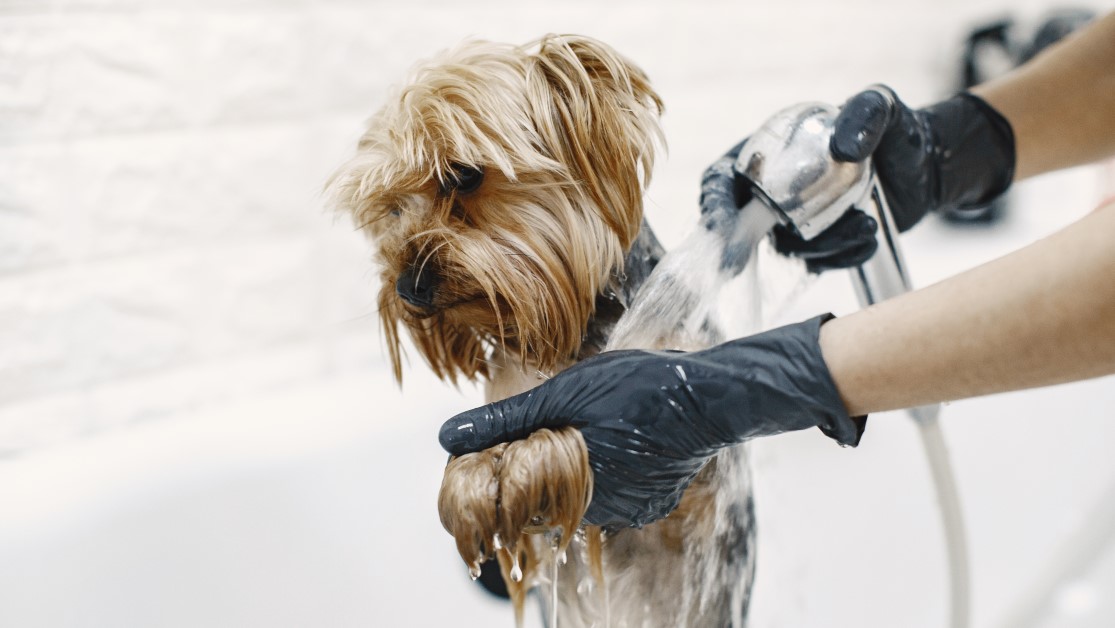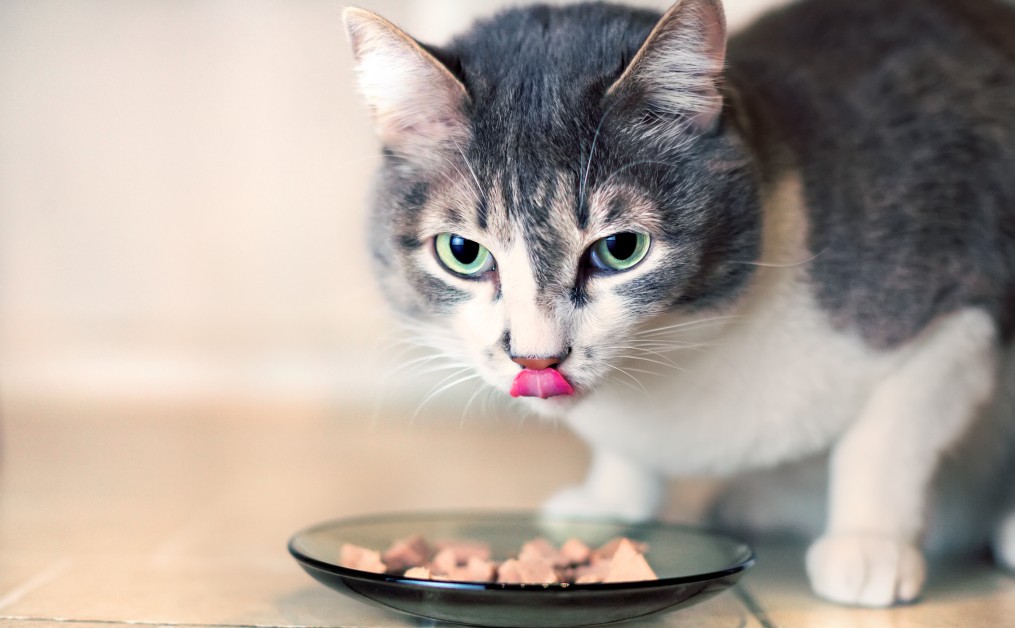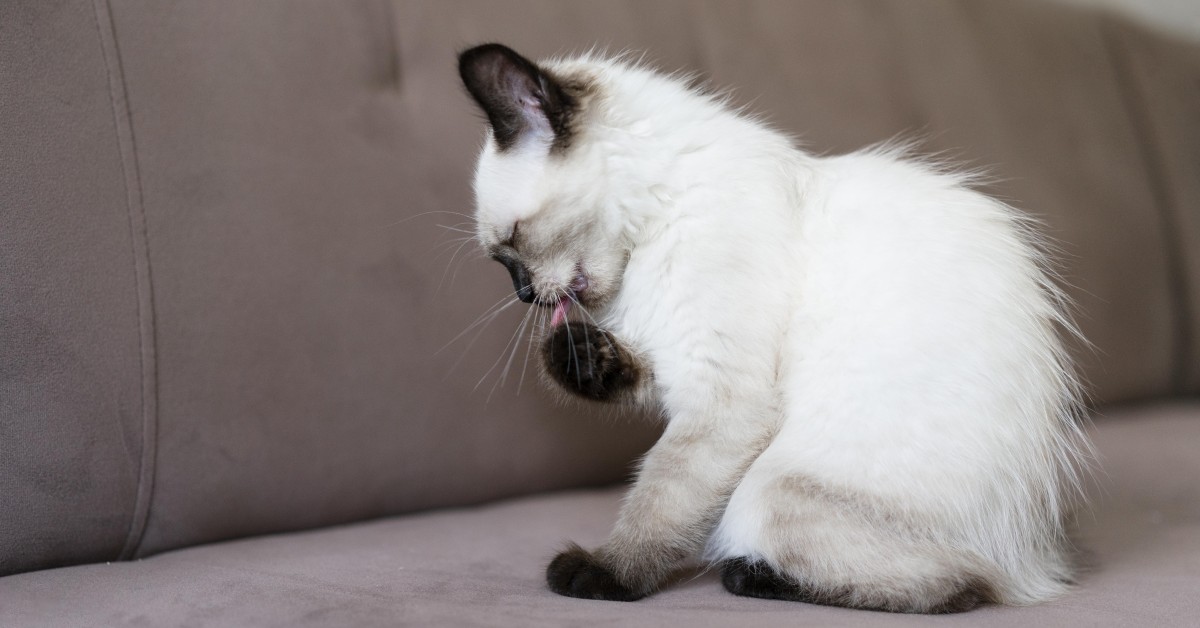Pet Grooming Basics You Won't Want to Skip
Learn about four important forms of grooming that can enhance your pet's wellness.

When your dog or cat looks and smells all right, you might not give much thought to the importance of pet grooming. However, this important aspect of pet care does a lot more than improve an animal's looks and odor -- it also helps your pet maintain optimal health, wellness, and comfort. Just as you would schedule periodic veterinary exams and dental cleanings for your pet, you should also make periodic grooming a priority. Pay special attention to the following pet grooming essentials.
Brushing Your Pet
Careful brushing can help you protect your dog or cat against the irritation caused by painful tangles known as mats. At the same time, a thorough pet brushing removes excess hair that would otherwise shed all over your clothes and furniture. Cats that receive regular brushing may also have less trouble with hairballs. Both cats and dogs can come to enjoy each brushing session as a relaxing treat.
To start the brushing session off on a positive note, stroke your pet gently to induce a state of calm and relaxation. Using the brushing tools recommended for your pet by your veterinarian, brush gently in a downward and outward motion. Don’t brush or comb through mats; instead, pick at them gently with the comb or use your fingers to unravel them without pulling the skin. If the mats resist your gentle efforts, reserve this job for a groomer.
Pet Bathing
Cats tend to bathe themselves with their tongues on a frequent basis, so they don't usually require baths unless they get seriously dirty or muddy. For most dogs, however, bathing is a must. A dog's skin emits oils that mix with dead skin cells and bacteria, leaving the skin and hair dirty, smelly, and vulnerable to infections or contact dermatitis. Pet bathing removes that debris while also giving you a chance to check your dog's skin for signs of trouble.
Sedentary, short-haired dogs may only need a bath once every few months. Active and/or long-haired dogs may need a bath once a month or after each swim, roll in the mud, or other outdoor adventures. Wet your dog's hair with lukewarm water and apply dog shampoo according to the directions on the label, keeping both water and shampoo away from the eyes and ears. To prevent discomfort or burns, towel your dog dry instead of using a blow dryer.
Pet Toenail Trimming
Wild dogs and cats that spend their days outdoors trim their nails naturally on rough ground, but their domesticated cousins don't usually get that opportunity. As a result, your pet's nails may grow unnaturally long and sharp. These little daggers don't just represent a threat to your hardwood floors and upholstery; they can also get stuck in flooring and rip away from the nail bed, causing pain while increasing the risk of infection. That's why you should schedule pet toenail trimming when you see those nails start to overgrow.
If you're not sure which nail trimming tool will work best for you and your pet, purchase a few different types at your pet store just to cover your bases. (You may find a grinding tool easier to use than a cutting tool, for instance.) Always cut straight across the tip of the nail without trying to go any farther down. If you cut too deeply, you may damage skin, nerves, or blood vessels.
Anal Gland Expression
Both dogs and cats have a pair of glands surrounding the anus. These glands emit a scented fluid that the animal can use to mark its territory. When your pet defecates, the pressure involved normally causes these glands to release pent-up fluid, an action known as an anal gland expression. Sometimes, however, these glands can get clogged, potentially leading to pain, itching, and dangerous abscesses.
If you notice your pet scooting its rear end across the floor, it may suffer from discomfort related to blocked anal glands. Fortunately, you can express the anal glands yourself without paying a professional groomer to do it (although you certainly might prefer to go that route). Simply put on some surgical gloves, coax your pet into standing still on a flat surface, and gently massage the anal glands until they've expressed all their stored fluid. Finish by cleaning your pet's bottom with moist wipes.
In some cases, anal gland expression should be left to a veterinarian. For example, if the fluid that comes out is thick and grainy, your pet may have a disease that calls for evaluation and treatment. If the anal glands look red and swollen, don't try to express them at home. An infected or abscessed anal gland can rupture if handled incorrectly. Instead, take your pet to an experienced veterinarian who knows how to drain the abscessed gland without rupturing it.
Consider Professional Pet Grooming
Grooming can pose some challenges and frustrations for pet owners, especially those unused to the routine. If you struggle at performing any of the tasks noted above on your own, ask your veterinarian to recommend a trusted professional groomer. Some animal hospitals may even include pet grooming among their many services. No matter how you end up getting it done, you'll be glad you're keeping your pet clean and healthy -- and your pet will be glad too!
Ready to start saving money on pet wellness care?
Then take a look at Mint Wellness, the pet wellness plan that provides fast reimbursement on routine pet care. Save on vaccinations, wellness exams, preventatives, dental, and more!
Learn More


